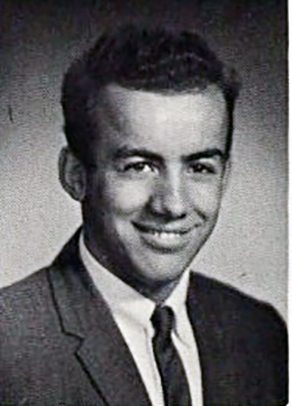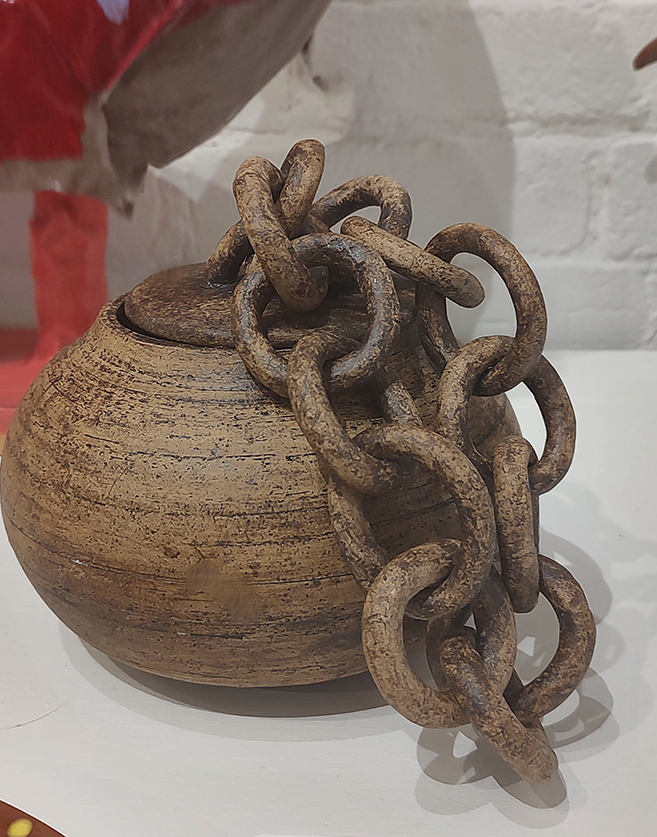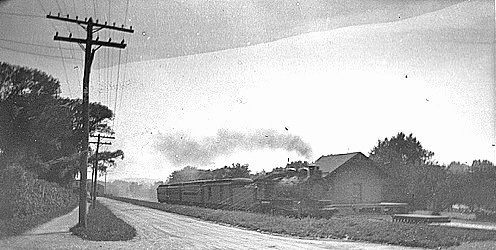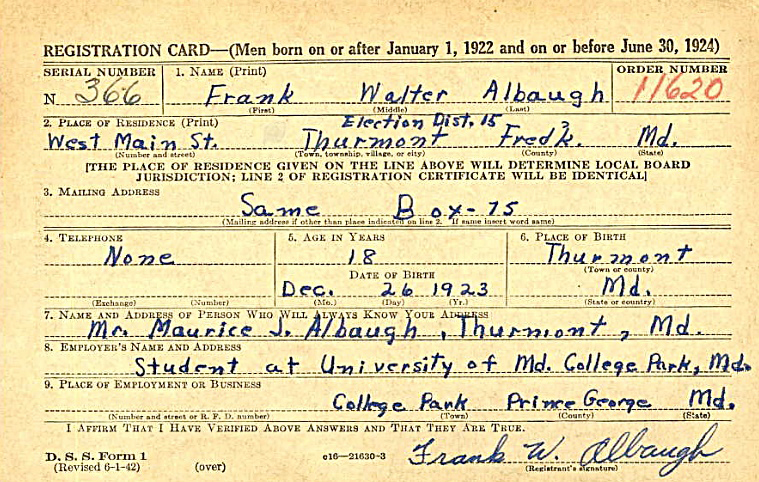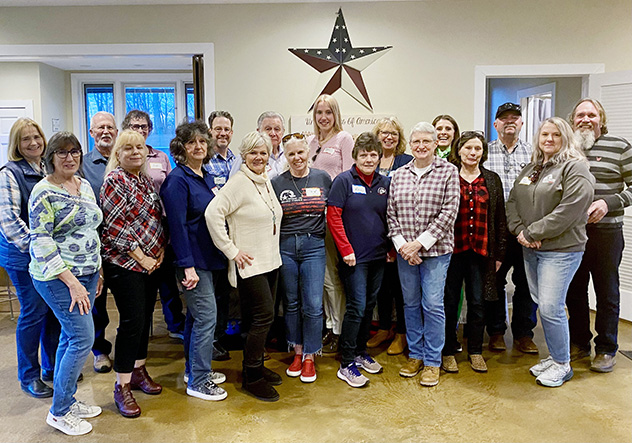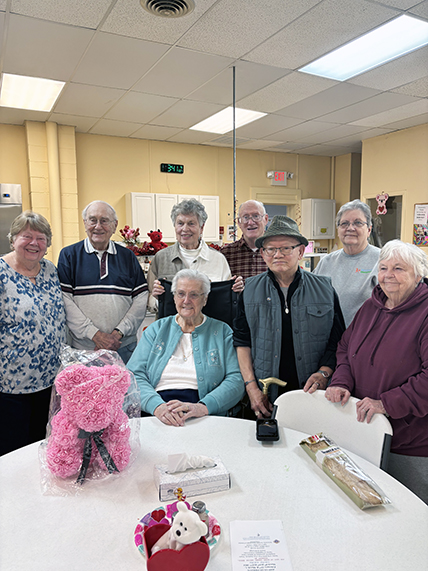by Tricia Bush, CPA, CFP®, Partner, Bestgate Advisors

Gone are the days when a pension was the golden ticket to a secure future. With the evolving landscape of employment and the diminishing prevalence of pensions, the responsibility for retirement savings has shifted to the individual. One of the most common ways for individuals to save is through their employer 401(k) plan.
Understanding The Basics
In a 401(k) plan, you decide how much of your earnings you want to set aside for retirement, and your employer takes care of moving that money straight into your 401(k) account. It’s like having your own personal piggy bank, but with rules—like you can’t dip into it until you reach retirement age without facing penalties, though there are some exceptions.
The best part? You’re in control of how your money grows over time. Within your 401(k) account, you’ll find a menu of investment options to choose from and pick the right mix of stocks and bonds, ensuring you have some stocks for growth but the appropriate amount of bonds for stability. Typically, younger people will have a higher stock allocation and those closer to retirement will have a more balanced stock-to-bond ratio. You get to tailor your investment strategy to suit your goals and risk tolerance.
Most employers also provide a matching or profit-sharing contribution. This is money from your employer, so not out of your paycheck, that gets put into your 401(k) account. It’s like getting a bonus with every paycheck, except this bonus goes straight into your future. Typically, there are vesting schedules before the employer contribution is considered yours, meaning you’ll have to work at the company for a certain number of years before you can run with the money.
Now, if your company matches, you’ll want to make sure you’re putting enough of your own contributions in to get the full match. If you don’t, you’re leaving free money on the table. Most plans will auto-enroll you in a 3% match. But, if for example, your company offers a 5% match, you’ll want to be sure to update your contribution to 5%. Be sure to discuss with your employer what your options are so that you’re getting your full benefits. Some plans allow you to change your contribution percentage at any time while others may restrict it to one to two times a year.
Planning note: You’re not restricted to only the matching level in your 401(k) either. While it’s a great start, if you can work your way up to setting aside 10-15% by steadily increasing your contribution by 1% to 2% a year, you’ll have saved what is typically needed for a successful retirement. Just don’t go over the maximum limits you can contribute to your 401(k). For 2024, the contribution limits are $23,000 for those under 50 and $30,500 if age 50 or older. This does not include employer contributions.
Taxes: Roth vs. Traditional
You used to only have a Traditional 401(k) option, but in today’s increasingly complex world, there is both a Traditional 401(k) and a Roth 401(k). The difference between the two is how they’re treated for tax purposes. Below are the highlights.
Traditional 401(k)
When you make a contribution, it reduces your taxable wages by the contribution amount.
In retirement, when you make a withdrawal, the withdrawal amount is fully taxable.
You can take penalty-free distributions after age 59 ½.
Roth 401(k)
When you make a contribution, it does NOT reduce your taxable wages.
In retirement, when you make a withdrawal, the withdrawal is tax-free, mostly (see five-year rule below).
You can take penalty-free and tax-free distributions after age 59 ½, as long as you’ve had the account for at least 5 years. If you do not meet the 5-year rule, then earnings in the account will be considered taxable.
Making the Decision: Factors to Consider
Which plan is right for you? Everyone’s favorite answer: it depends. Determining which type of 401(k) plan is best suited to your needs involves a degree of crystal-ball gazing. Considerations such as current income tax rates, projected retirement income, and future tax legislation all play a role in the decision-making process.
Age and Career Stage: Younger individuals and those early in their careers may opt for Roth contributions, anticipating future income growth and potentially higher tax rates. Conversely, individuals nearing retirement or at the peak of their earning potential may lean towards Traditional contributions to capitalize on immediate tax savings.
Tax Diversification: Just as diversification is key to a well-rounded investment portfolio, spreading retirement savings across both Roth and Traditional accounts can provide flexibility and hedge against future tax uncertainties. This is a great option for those individuals who are in the middle of their careers and unsure if tax rates will be higher or lower in the future.
Employer Contributions: It’s worth noting that employer matching contributions are typically made to Traditional 401(k) accounts. As such, individuals may choose to allocate their own contributions to a Roth account to achieve tax diversification. Although, be sure to check with your employer; recent legislation has allowed employers to also make Roth contributions.
Seeking Professional Guidance
While the decision between Roth and Traditional 401(k) plans may seem daunting, it’s not one that needs to be made alone. Consulting with a financial advisor can provide valuable insights tailored to your individual circumstances and financial goals. An advisor can help navigate the complexities of retirement planning, ensuring that your chosen strategy aligns with your long-term objectives.
Conclusion: Building Your Retirement Future
In closing, the choice between Roth and Traditional 401(k) plans represents a pivotal decision in the journey toward retirement security. By understanding the nuances of each option and considering factors such as current and future tax implications, individuals can make informed choices that optimize their retirement savings strategy. Whether you opt for immediate tax savings with a Traditional 401(k) or prioritize tax-free withdrawals with a Roth account, the most important step is to start saving early and consistently. Remember, the key to a comfortable retirement lies in proactive planning and disciplined saving. So, seize the opportunity to invest in your future self today, and embark on the path towards a financially secure retirement.




